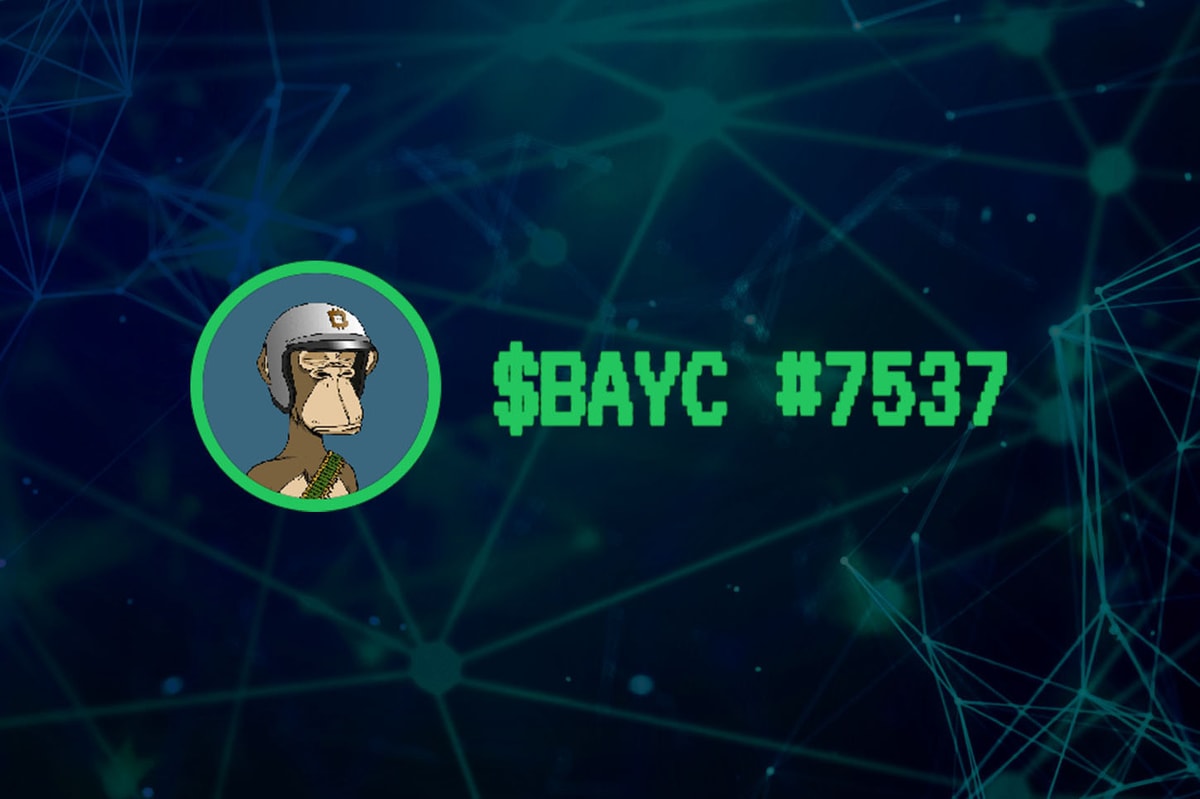With the world shifting faster than ever towards remote work and freelancers becoming indispensable to companies in ways never seen before, the hiring process has been clearly lagging behind.
Mainstream freelancing platforms are biased towards the client. Employers often have more power than freelancers in terms of dispute resolutions, governance and fees. Payments made towards freelancers are subjected to hidden intermediary fees, as well as long withdrawal times. Powered by a blockchain ecosystem, HYVE wants to solve the problems of the freelancing industry through a decentralized platform.
The mainnet launch
With a deployment consisting of four stages, HYVE launched its mainnet on the Ethereum network (ETH), immediately followed by Binance Smart Chain (BSC), with future plans for Polygon (MATIC).
Freelancers and clients can currently access the HYVE app using their MetaMask wallets, with scheduled access for WalletConnect and Authereum and HYVE login, a proprietary solution. Upon signup, users can either choose to be a client, freelancer or both. Once an account is set up, users can then create or apply for tasks and start working on any supported chain. The task is registered on-chain as soon as the client deposits the payment in an escrow account, commencing the collaboration.
Constant testing of the platform, as well as collecting and implementing user feedback, was an important step throughout HYVE’s deployment, thus allowing transparency and ensuring community concerns are voiced and solved in an efficient, hassle-free manner. The final stage of deployment will consist of additional features being rolled out, including a collaboration model based on competitions and offers, as well as a new “surprise” model.
Work in progress
The HYVE client offers a streamlined way for users to create a task and for freelancers to apply to it. The ecosystem consists of decentralized autonomous organizations (DAOs), also known as HYVEs, which are similar to agencies in the traditional workforce, where multiple users can join and contribute to different projects. Thanks to blockchain technology, DAO members get paid automatically based on their contributions.
Payments are automatized and happen quickly and securely via smart contracts, making actions irreversible, immutable and tamper-proof.
Specific to many blockchain platforms, HYVE is entirely community-driven. The HYVE token is also a tool used for platform governance since staking the token allows token holders to have a greater say in the current and future developments of the project.
HYVE’s main goal is to eliminate the middlemen in the freelancing and workforce industry. Depending on the coin the task is paid in, the perceived fees vary between 0% and 2%. Users get the possibility to lower their fees by paying them in HYVE, automatically burning the collected tokens and removing them from the total supply. Furthermore, half of the fees collected are added back to the community vault and given back to the ecosystem later.
HYVE also collects fees from the Launchpad, which go into the general vault, supporting the staking vault and the community governed treasury. In addition, fees from advertisements go into the general vault and support the liquidity mining vaults.
Looking forward
The HYVE protocol is accessible via its main Client, which also serves as a wallet and node. The protocol can implement upgrades and new features through a Client much easier than via a web-based decentralized application (DApp).
The past year was more than eventful for HYVE. Security firms CERTIK and CyberUnit performed successful audits of the company. In terms of partnerships, HYVE linked up with resounding crypto influencers such as JRNY Crypto and MONEY KING.
HYVE has attended Sir Anthony Ritossa’s 15th Global Office Investment Summit, with the HYVE CEO, Tudor Stomff, receiving the prestigious Lifetime Achievement Award, signaling mainstream recognition of the platform’s potential.
Disclaimer. Cointelegraph does not endorse any content or product on this page. While we aim at providing you with all important information that we could obtain, readers should do their own research before taking any actions related to the company and carry full responsibility for their decisions, nor can this article be considered as investment advice.










